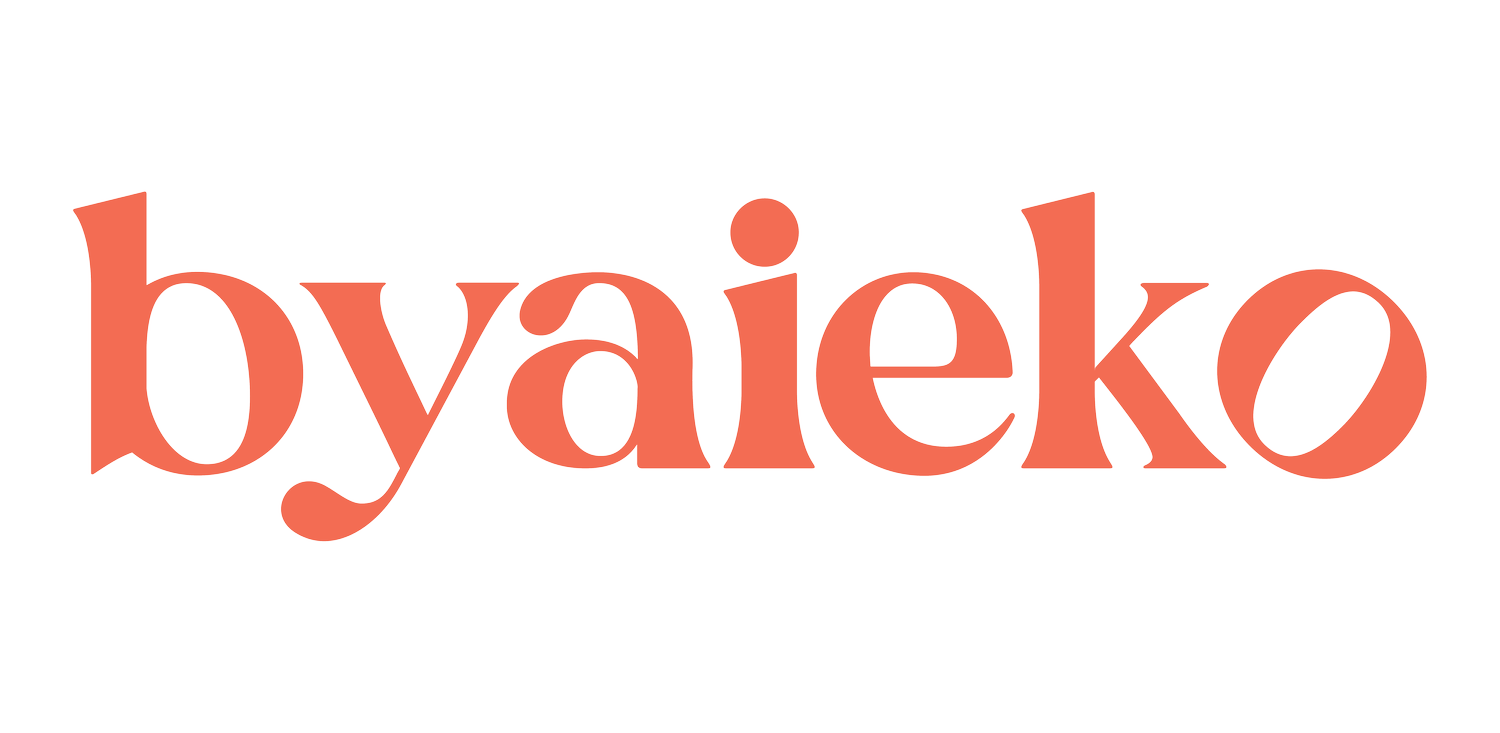Spendee Rewards
The project aims to design and implement a rewards program within Spendee to enhance user engagement, promote positive financial habits, and improve user satisfaction. By gathering insights through targeted user interviews and surveys, the project seeks to understand user preferences, behaviours, and pain points related to financial management and rewards systems.
Overview
Without a rewards program, budgeting apps can feel tedious an uninspiring, making it harder for users to stay motivated and build lasting habits. This often leads to low engagement, reduced retention, and missed opportunities to create a meaningful connection with users. Adding rewards can transform budgeting into a more enjoyable and motivating experience while setting the app apart in competitive market.
The Problem
The goal is to implement a rewards program that motivates users to stay consistent with their budgeting by celebrating milestones, encouraging positive financial habits, and making the process more enjoyable and rewarding.
The Goal
Deliverables
UI/UX Design · UX Research
Design Process
01/Discovery01/Discovery
Competitor Analysis
Key Findings
User Research
User Insights
User Personas
User journey Map
HMW Statement
02/Ideate
Information Architecture
User Flow
03/Design Iterations
Low Fidelity
Mid Fidelity
Mood board
Style Guide
High Fidelity
04/Key Takeaway
Usability Testing
Implementing Feedback
Conclusion
01/DiscoveryKey Findings
To gain a better understanding of user preferences, an online survey was conducted, collecting insights from 8 targeted individuals aged 18 to 34 residing in Singapore. The survey was carefully designed with questions that aimed to explore various aspects of users’ attitudes toward rewards, the factors that motivate them, and how closely these motivations align with their financial goals. By gathering these insights, the survey sought to uncover patterns that could inform the development of a more effective and engaging rewards program.
01/DiscoveryUser Research
An online survey was conducted with 8 individuals aged 18 to 34 in Singapore to understand user preferences. The survey focused on exploring attitudes toward rewards, motivational factors, and their alignment with financial goals.
01/DiscoveryUser Insights
01/DiscoveryUser Personas
01/DiscoveryHow Might We Statement
How might we help users visualise
their financial progress in a way that is both motivating and rewarding?
02/IdeateInformation Architecture - Overview
User Flow
03/Design IterationsLow-Fidelity Prototype
Mid-Fidelity Prototype
03/Design IterationsMood board & Style Guide
The overall design of the user interface strikes a thoughtful balance between simplicity and boldness. It features a clean and minimalistic layout that prioritises functionality and ease of navigation, creating a user-friendly and intuitive experience.
At the same time, the interface is visually dynamic, incorporating striking and attention-grabbing graphics that add vibrancy and character, ensuring the design remains engaging and memorable. This combination of understated structure and impactful visual elements makes the interface both practical and visually compelling.
High Fidelity Prototype
03/Design IterationsConclusion
04/Key TakeawayDue to the short time-frame of this design task, I was not able to perform a proper usability testing with potential users.I would also have liked to conduct a Usability Test and A/B Testing to further understand the pain points of users who have tried the rewards functions on the app and their thoughts on the revised designs.


















